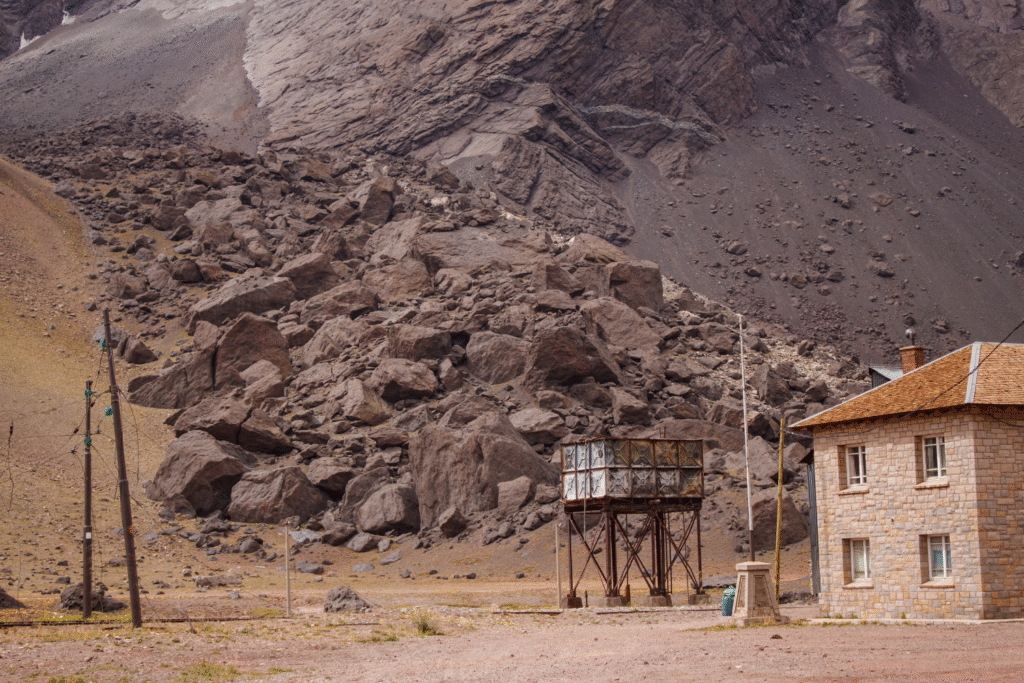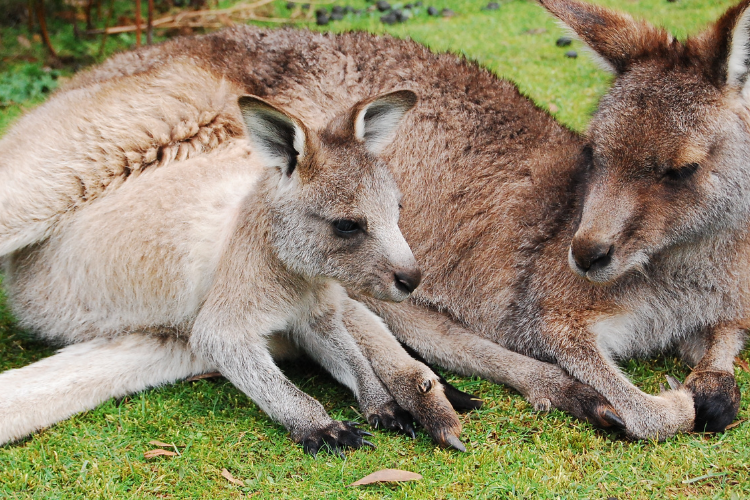Ancient stories of sunken continents continue to shape modern culture.

The names Atlantis and Lemuria conjure visions of vanished civilizations, swallowed by oceans and remembered only in myths. For centuries, they’ve been treated as tantalizing clues that maybe history is incomplete, that entire worlds could vanish without a trace. The allure isn’t just about ruins and treasure, it’s about what their survival in story form says about human imagination.
Despite repeated debunking by scientists, the tales refuse to fade. Writers, spiritualists, and conspiracy theorists keep them alive, reshaping the legends for each generation. What lingers is not evidence of lost continents, but something more enduring, the power of myth to blend scraps of geology, philosophy, and cultural longing into stories that refuse to die.




